Alumni, Broadcom MASTERS, ISEF, Regeneron STS
For these STEM leaders, Mother Earth is top of mind every day
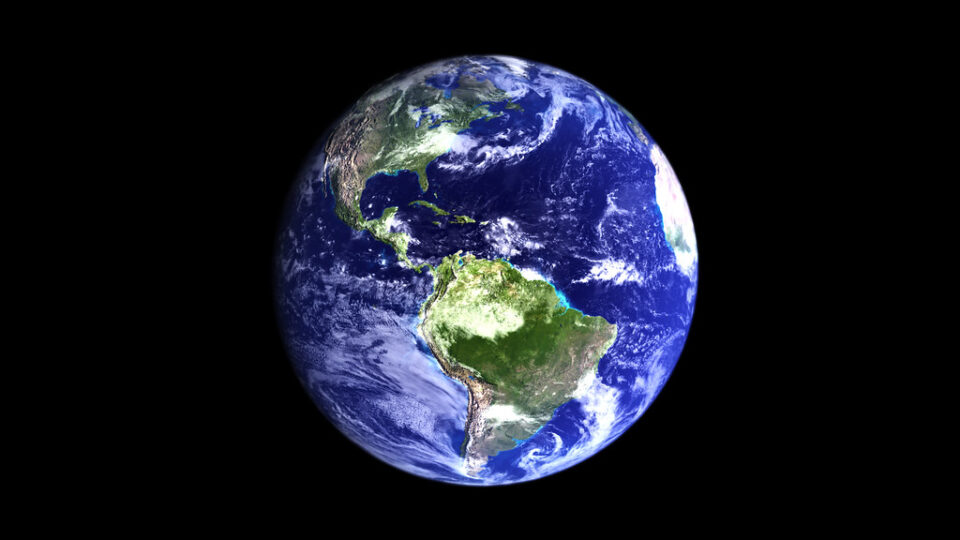
A lot has changed since the first Earth Day back in 1970. The Environmental Protection Agency was established and several environmental laws including the Clean Water Act and Clean Air Act have been passed. In addition to environment forward legislation, every day people are doing their part to help our planet. According to the Pew Research Center, Europe was leading the way in new electric vehicle sales in 2020 and almost 1.8 million electric vehicles were registered in the United States. While environmental efforts like electric cars, recycling and renewable energy are more prevalent in everyday life, there is still a long way to go.
This Earth Day, we had a chance to catch up with some Society for Science alumni who are leading the way towards keeping our planet green.
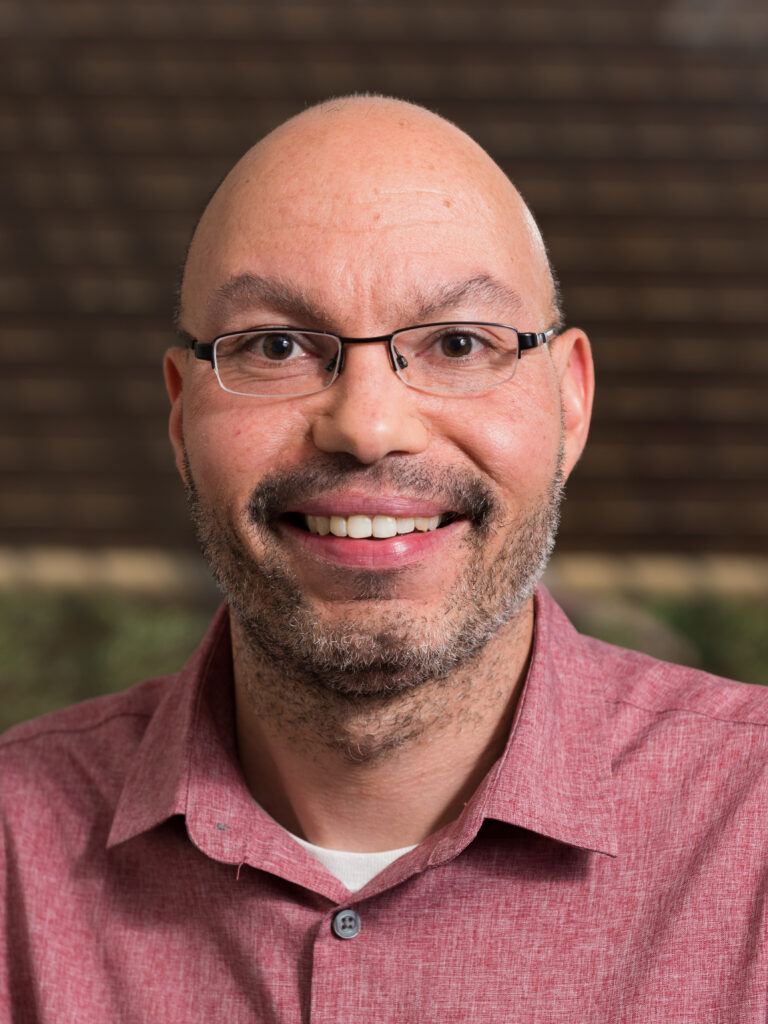
Bart Bartlett’s (ISEF 1996) chemistry lab at the University of Michigan, Ann Arbor concentrates on renewable energy. His lab focuses on developing robust catalysts capable of transforming solar energy into chemical fuels and making battery material out of more abundant elements like magnesium. We asked Bart what excites him most about renewable energy. He says, “I’m most excited that young scientists of diverse backgrounds remain passionate and resolute about the need to address renewable energy from every angle — whether it be fundamental research, translating that research to the marketplace and our communities, and/or explaining the importance of pursuing renewables to society at large.” For more information about renewable energy, Bart recommends energy.gov and nsf.gov, saying they have “amazing descriptions of positive impacts that come at the intersection of energy and climate.”

Bonnie Lei (STS 2011, ISEF 2011) is the Head of Environmental Justice, Employee Engagement, and Ecosystems at Microsoft. Bonnie says it’s incredibly important for companies to be transparent about their sustainability journeys. “We recognized that being open was the best way we can help other companies and organizations on their own paths to be more sustainable,” she shared. “I am incredibly excited about the scale of positive impact that is possible by helping direct the skills and resources of a leading company like Microsoft towards the climate crisis.” Bonnie says her curiosity and scientific training from her experience as a conservation biologist fuels her work at Microsoft.
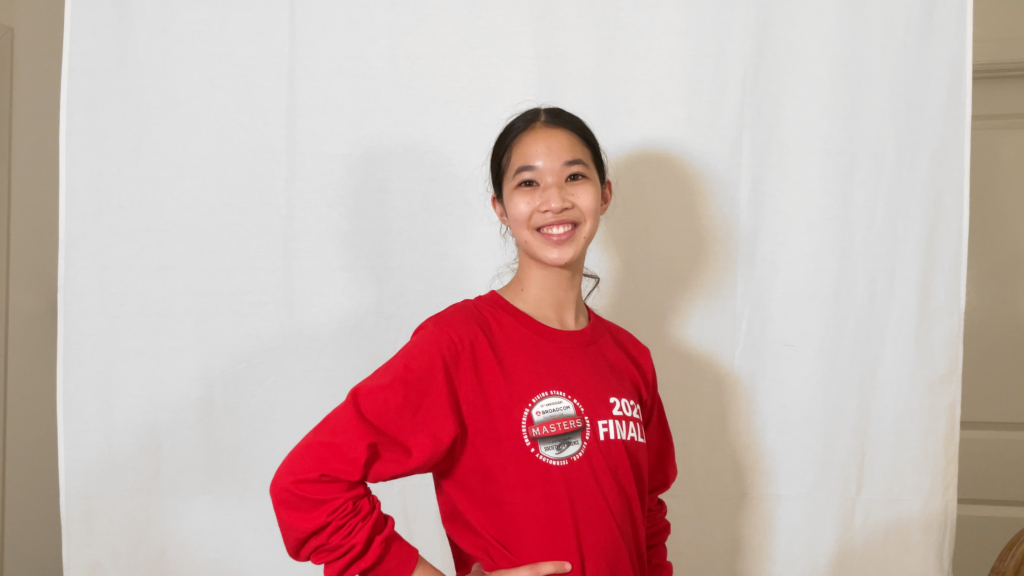
Broadcom MASTERS 2021 alumni, Hailey Van and Joseph Simak, kept the environment in mind when working on their research projects. Hailey used her passion for climatology to analyze five different scenarios of carbon dioxide’s effects on oceanic ecosystems. Her model showed that if current trends in carbon dioxide emissions continue, oxygen levels in more than half the world’s oceans could fall to dangerously low levels by the year 2150, worsening ocean acidity levels. In addition to climatology, Hailey is interested in food science. She hopes to study the future of lab-produced meats and the potential impact that can have on climate change.
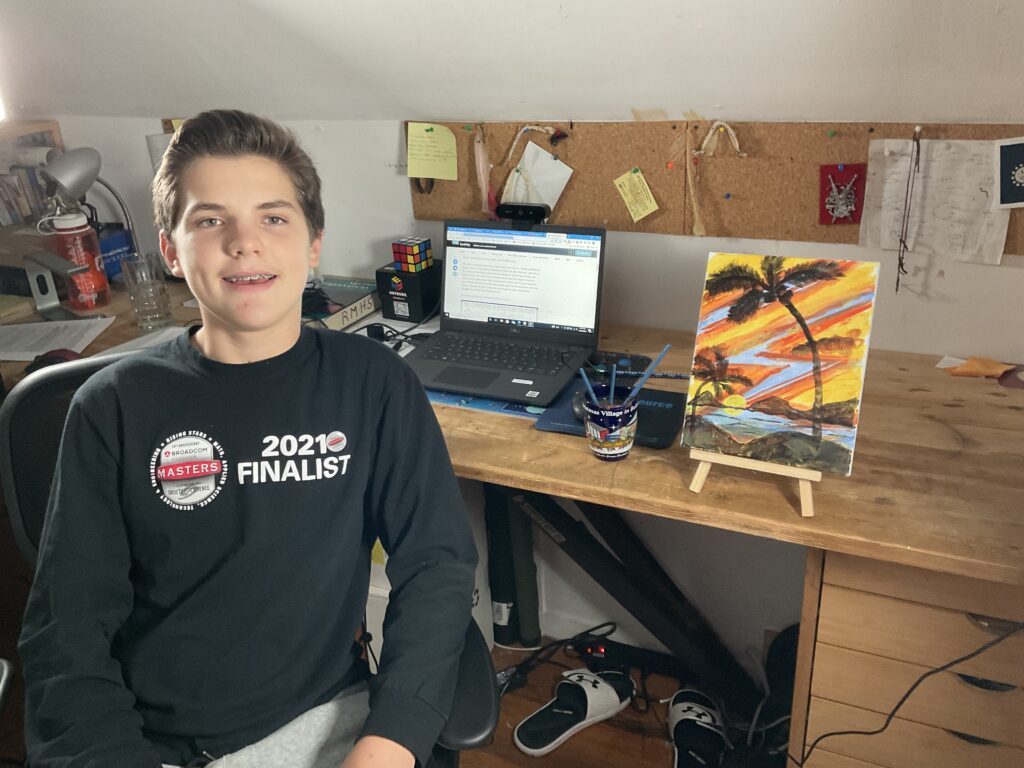
Joseph measured the toxicity of six different liquids used to clean and maintain vehicles. Using brine shrimp, he tested each liquid at seven concentrations and found that a car wash detergent claiming to be eco-friendly was the most toxic of those tested. This raised concerns since many car washing products drain into storm drains and enter waterways. Joseph enjoys searching for endangered reptiles and removing invasive plant and fish species. He hopes to study venoms and develop an anti-venom to treat bites from various snake species.
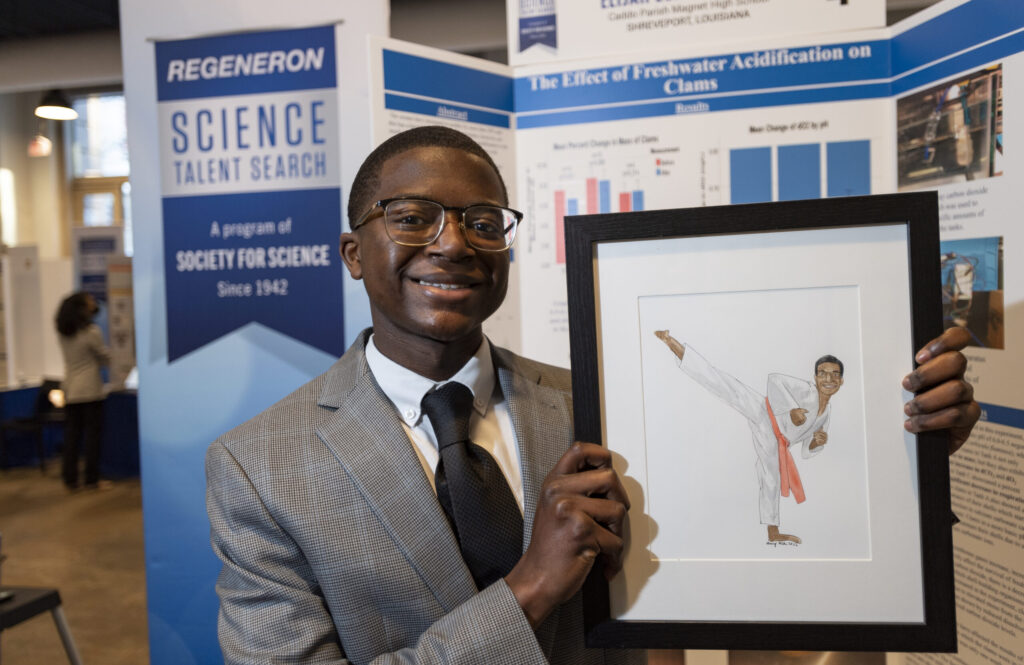
Elijah Burks and Krystal Li (STS 2022) focused their research projects on improving life for animals and plants. After watching the documentary, “Racing Extinction,” Elijah realized that the effects of climate change on animals was not widely studied. Reading several articles about saltwater acidification, but finding none about freshwater acidification, he was inspired. In his research project, Elijah simulated changing carbon dioxide conditions, then measured the growth rate and respiration of freshwater clams. He found the more acidic the water, the more difficult it was for the clams to build their shells, therefore reducing their body mass. Elijah hopes his findings will highlight the urgent need for more studies of climate change’s effects on freshwater ecosystems.
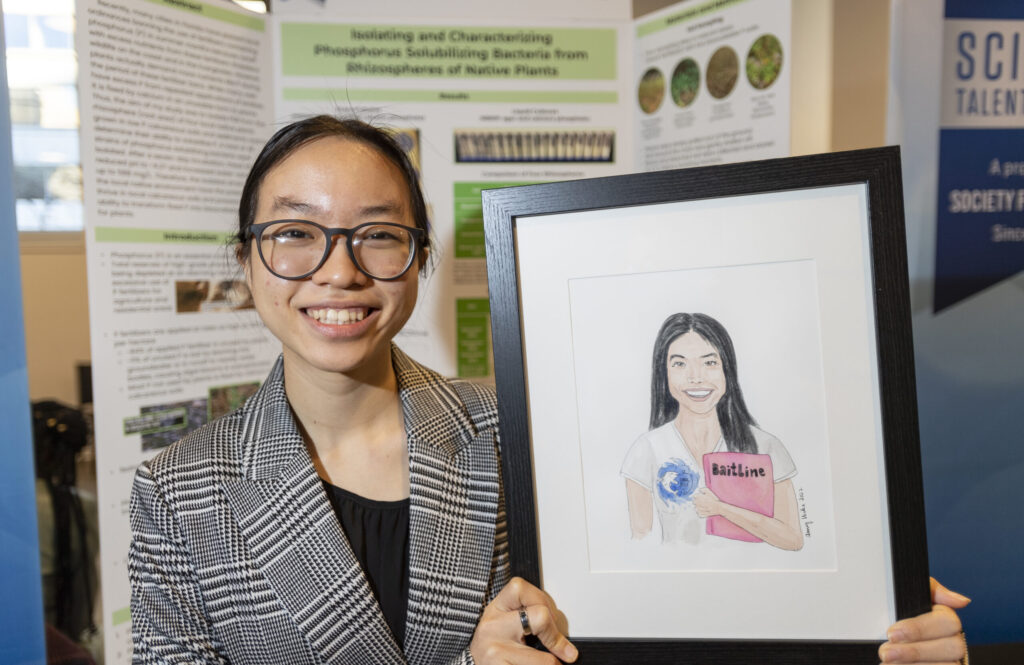
Krystal’s research aimed to find a solution to harsh fertilizers. She identified bacteria which can produce phosphorous, an essential plant nutrient. As opposed to fertilizers that can get trapped in soil, phosphorous is more naturally available to plants. Isolating several strains of the bacteria, Krystal used genetic sequencing to find which strains were most effective at increasing water-soluble phosphorous, making it usable for plants. Her research could help reduce the need for inorganic phosphorus fertilizers, which can enter and pollute local waters.
If you’re interested in doing more to protect the earth, consider learning about recycling programs where you live, switching to reusable shopping bags, picking up and throwing away litter, or even planting a tree native to your region. You can also read up on the latest Earth news over at Science News.


